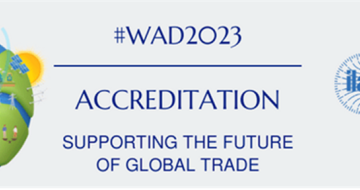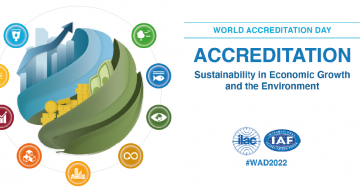Products with a misleading appearance are products that are not food but show a strong resemblance and may be mistaken for food by children due to their shape, fragrance, colour, appearance and even their packaging or labelling. These products are imitations.
These products are banned, because they can cause many problems among consumers. The consumption of a product which resembles food can easily cause health problems. Children particularly can be easily mistaken, causing them to ingest, suck or swallow such a product, therefore leading to risks such as suffocation, poisoning or an obstruction in the digestive system.
Examples of such products: imitation fruit made of wax or plastic (with small parts), soap or candles, with the same shape, colour and smell as food, …
Regulations
Attention!
From 13 December 2024, Regulation (EU) 2023/988 on general product safety will apply.
This new regulation will repeal European Directive 87/357/EEC.
The Royal Decree of 10 August 2001 concerning products of misleading appearance which compromise the health or safety of consumers will also be repealed.
These products will no longer be directly prohibited but, like all consumer products, will have to be subject to a risk assessment taking into account, in particular, their appearance.
The safety of products with a misleading appearance is based on the Code of Economic Law, Book IX on products and services safety. This legislation is elaborated in more detail in the Royal Decree of 10 August 2001 on products which present a danger to the health and safety of the consumer due to their misleading appearance.
Products which are not food, but which show a strong resemblance and can be mistaken by children due to their shape, fragrance, colour, appearance and even their packaging or labelling. Such products with a misleading appearance may not be manufactured, imported, exported, sold, distributed, rented out, or made available (for free).

